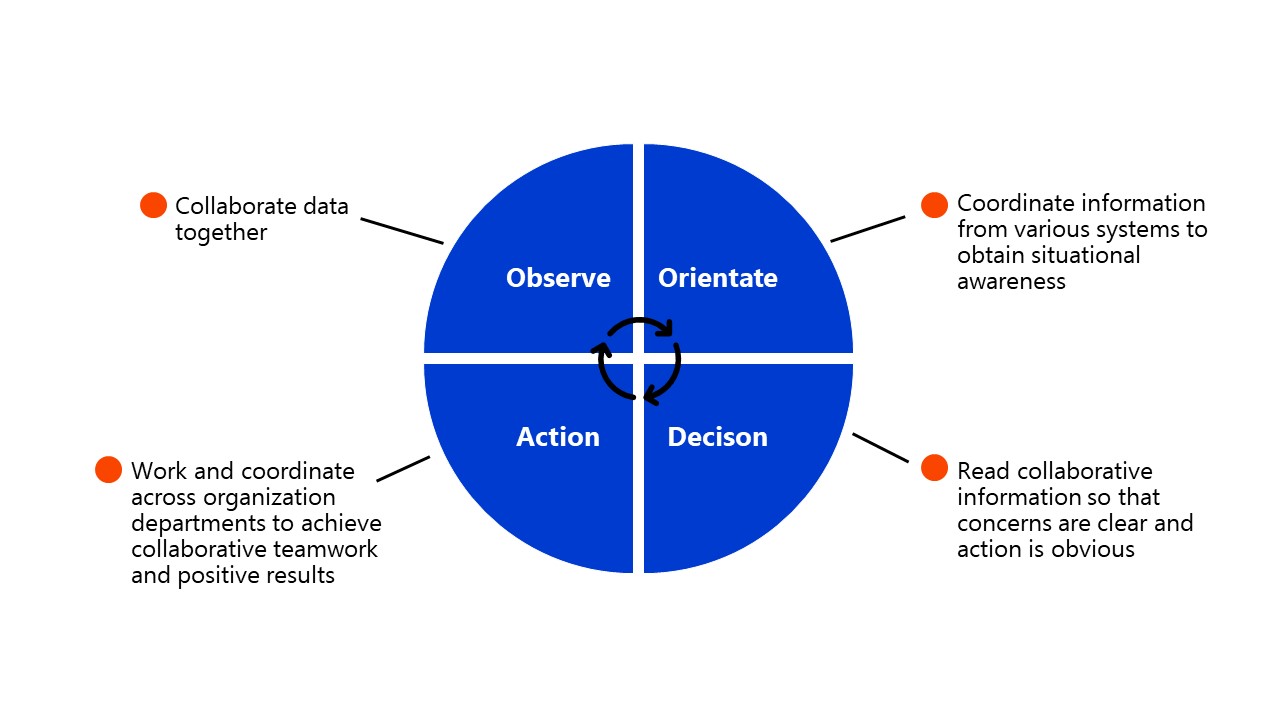Multiple Systems and Siloed Data Challenge STO Success
To execute an STO (Shutdown, Turnaround and Outage), many different departments must provide services over several phases of the event, from planning and scheduling to execution and debrief. But each department typically has its own data systems to perform tasks and serve as its system of record. These can be large enterprise applications; niche, off-the-shelf solutions; home-grown applications or simple spreadsheets and access databases. Examples include ERPs for creating work orders, planning systems, scheduling systems such as P6, inspection data management systems such as GE APM and PCMS, centralized maintenance management systems such as Maximo, permitting systems, gating systems, safety systems, warehouse/inventory software, and equipment rental management.
Historically, these systems have been siloed. Since the data resides only in each specific system, it’s impossible to get a complete picture of what’s actually going on, particularly when relying on very basic communication and manual updating.
Ultimately, departmental data architecture inconsistencies generate a lack of data correlation. Furthermore, it’s both difficult and time-consuming to continuously extract, clean and contextualize the data in order to produce useful and meaningful BI and analytics to support decision-making. The bottom line is that management only understands the situation when it's too late; requires expertise in many different applications; and struggles to make informed decisions.
STO Success is Dependent on Unlocking Existing Siloed Systems
Communication and interconnection between the information silos of multiple systems is essential to:
- Ensure that all departments are working collectively and collaboratively on accurate information.
- Improve the accuracy and integrity of KPIs.
- Compare the high velocity of data sets quickly.
- Provide management with complete, correlated data that delivers insights, supports accurate and informed decision-making, and enables managers to stay ahead of their events.
A four-step process is required to achieve this:
“Think about how you can integrate great information, the original plans, material availability, specialist’s equipment availability, etc. So, the level of data that's supporting your decisions and your prioritization as a human is transformed.”
Paul Muir, President & CRO, Mobideo North America
What’s Required to Unlock the Value of Existing Siloed Systems?
Unlocking the value of existing siloed systems requires:
- Importing all data together to generate a single source of truth.
- Identification of conflicting information and resolution for data continuity.
- Provision of accurate, required information, such as the correct data, employee and time.
- Exporting the data to a system to ensure data accuracy and continuity.
- Transferring data back to the appropriate systems of record.
“We are not here to tell you how to do your job. We’re here to give you more data to support the decisions you’re making… The ability to take data from multiple systems and overlay it is when you get much more valuable insights.”
Yaron Eppel, CEO & Co-Founder, Mobideo
The MobideoSTO Digital Operating System provides all this and more, enabling organizations to get more value from their existing systems of record. The result is a series of important benefits that represent foundation stones for STO success:
- Unified, actionable view of all critical data: By unlocking the value of data that historically resides in siloed systems, MobideoSTO generates data-driven insights that are layered with information from multiple sources. Reports and BI benefit from this additional data, providing additional context to support meaningful decision-making.
- Seamless transfer of data to existing systems of record: MobideoSTO serves as a conduit, improving the timeliness and quality of data from the field.
- Single source of truth throughout the STO lifecycle: All data captured, regardless of the stage - from STO preparation to execution and debrief - is available throughout the entire lifecycle of the current STO and future events.
Learn more about Mobideo’s completely different approach to full lifecycle management of highly dynamic and complex STO environments.
Schedule a demo to understand how the first Digital STO Operating System intelligently integrates with your existing systems to deliver complete management of STO preparation, execution & analysis.